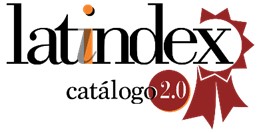Teaching and learning Geometry: early foundations
DOI:
https://doi.org/10.48489/quadrante.22970Keywords:
geometry, early childhood, visual cognition, math talk, learning trajectories, spatial reasoningAbstract
Young children's abilities to engage in geometric thought and spatial reasoning can support their overall mathematical and cognitive development. And yet, geometry is not always addressed in early childhood curriculum and, even if included, it is not explored in ways recommended by research. In this paper, we present three studies that examined the teaching and learning of geometry with related math research and discuss curricular and instructional implications. In the first study, we examined the effects of a geometry curriculum that synthesized the visual cognition elements of the Agam program. The second study explored the impact of an early math curriculum, based on learning trajectories. The third study examined teachers' math talk and its impact on children’s overall math concept acquisition. We conclude that geometry curriculum for the young child is most effective when it includes a broad array of tasks that are based on learning trajectories with varied examples and non-examples, nurtures visual cognition with progression towards analytical thinking, and integrates rich and diverse math talk.










